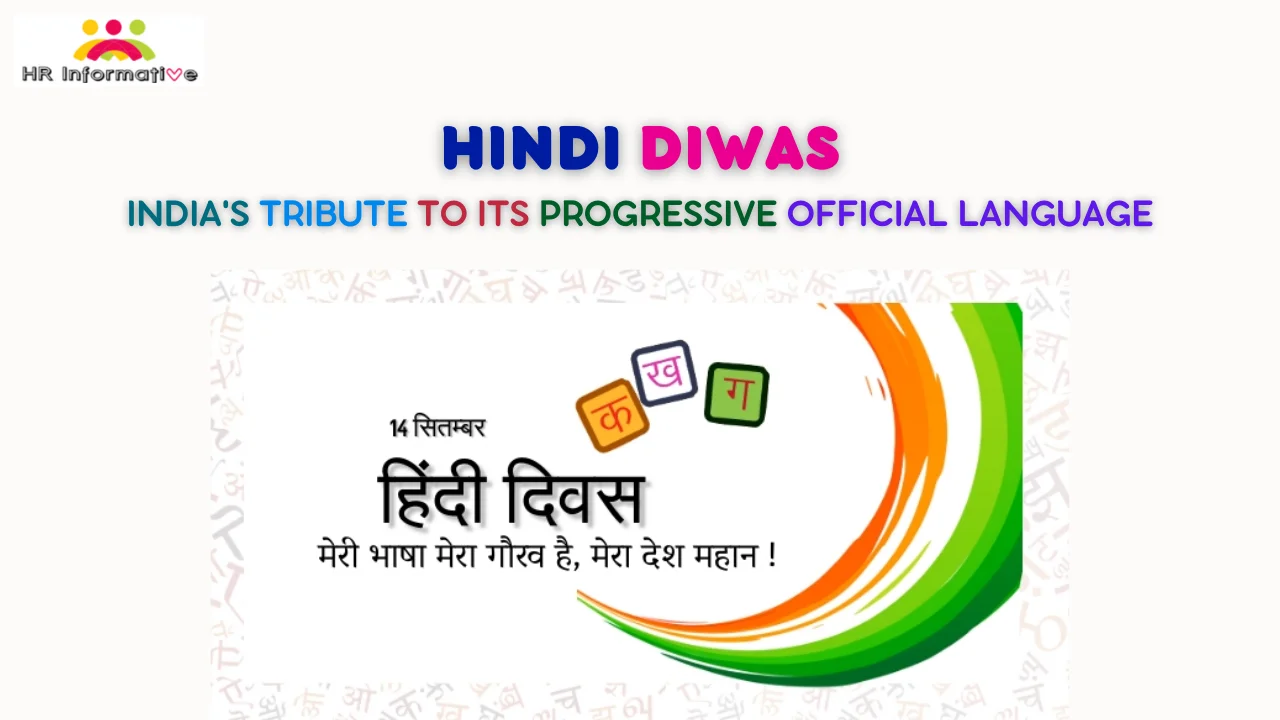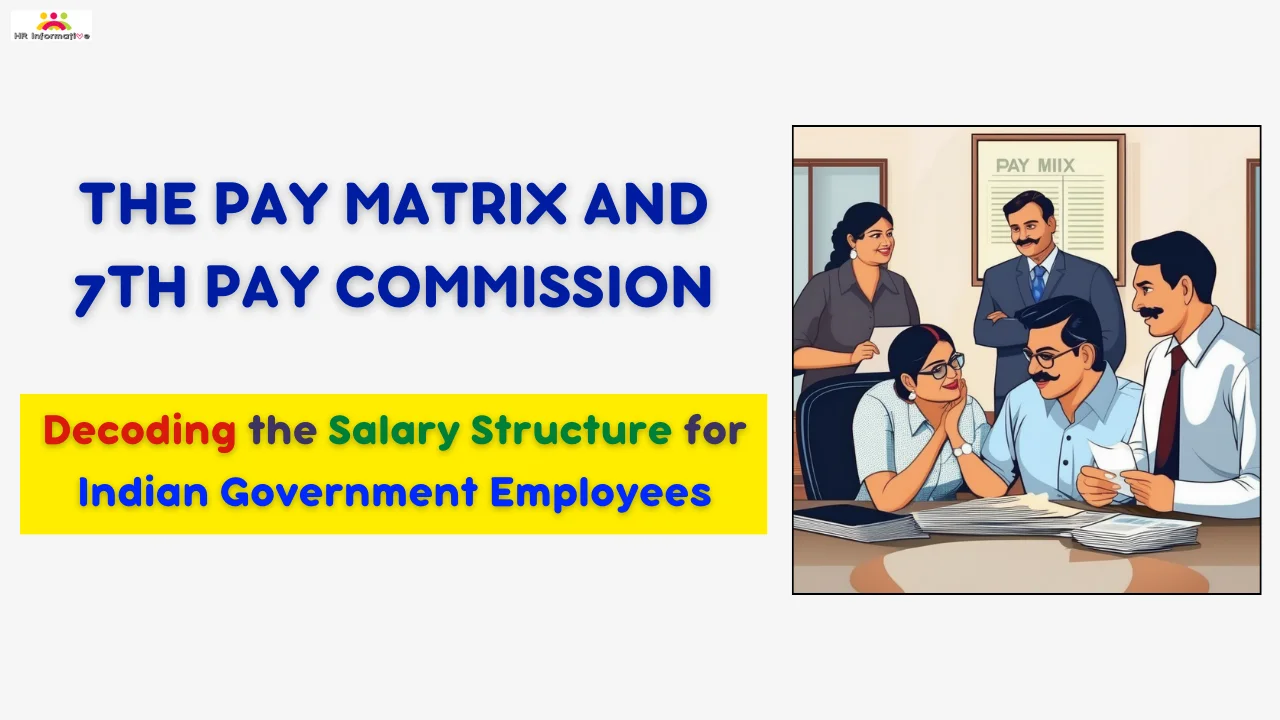The idea of simply printing more money to solve economic woes might seem straightforward, but for poorer nations, this shortcut is fraught with hidden costs and unintended consequences. While the initial increase in money supply might inject temporary stimulus, it rarely leads to lasting wealth and can even trigger harmful economic instability. Here’s a closer look at why printing money isn’t a simple path to riches for developing countries.
Inflation
Imagine everyone in a country suddenly having twice as much money. What happens? Initially, people spend more, boosting demand. But, the supply of goods and services doesn’t magically double just because there’s more money chasing them. This imbalance, called excess demand, leads to inflation, where prices rise. While seemingly beneficial initially, it quickly erodes the purchasing power of the increased money, leaving people no better off, or even worse.
Hyperinflation
Unchecked printing can lead to hyperinflation, a scenario where prices skyrocket at an alarming rate – sometimes even daily. This can have devastating consequences for people’s livelihoods, as savings become worthless and basic necessities become unaffordable. Zimbabwe in 2008 is a stark example, where hyperinflation reached a mind-boggling 231 million percent in a single year, leading to widespread economic collapse and social unrest.
Devaluation and Trade Woes
As inflation devalues a nation’s currency, its cost in international markets increases. This makes imports more expensive and hinders exports, as foreign buyers get less for their money. This disrupts trade, hampers economic growth, and further weakens the currency in a vicious cycle. Imagine relying on imported medicine and suddenly needing twice as much local currency to buy the same amount.
Investor Confidence Disintegrates
Unrestrained money printing signals instability and weakens investor confidence. Businesses become hesitant to invest, fearing further devaluation and inflation. This lack of investment hampers the creation of jobs, infrastructure development, and productive capacity, stifling the very things needed for sustainable economic growth.
Debt Trap and Misdirection
Governments often resort to printing money to cover their debts. While providing temporary relief, it’s akin to putting off bills by borrowing from yourself. The increased money supply fuels inflation, which in turn erodes tax revenue, making it harder to repay the debt in real terms. This can spiral into a debt trap, leaving the country worse off in the long run.
Real Wealth Comes from Production
True wealth creation comes from increasing the productive capacity of an economy. This involves investments in education, infrastructure, technology, and industries that generate real goods and services. Printing money simply creates an illusion of wealth without addressing the underlying factors that hamper production and trade. It’s like trying to cure a broken leg by painting on a cast without setting the bone – the underlying problem remains.
Alternatives to Printing
Sustainable development requires responsible economic policies focused on attracting investment, boosting exports, encouraging productive sectors, and promoting good governance. This may involve structural reforms, trade agreements, and investments in human capital. While challenging, these efforts pave the way for long-term growth and prosperity.
Conclusion
The allure of printing money as a quick fix for economic hardship is understandable. However, history and economic principles demonstrate its perilous nature. While it might create a temporary illusion of wealth, it often leads to a downward spiral of inflation, devaluation, and economic instability. True wealth creation lies in fostering the conditions that enable a nation to produce more, trade effectively, and attract investment. This long-term vision, though demanding, offers a far more sustainable path to prosperity for poorer nations.
FAQs
Q: What are some key problems with printing money for poorer countries?
Ans: Some major issues with unrestrained money printing for developing countries include high inflation which erodes purchasing power, potential hyperinflation crises, currency devaluation that disrupts trade, loss of investor confidence hampering growth, and debt traps as printed money only temporarily covers financial obligations.
Q: Doesn’t having more money help boost the economy?
Ans: While increasing the money supply can provide short-term economic stimulus, simply having more money in circulation does not automatically lead to lasting wealth if the productive capacity of the economy remains unchanged. The supply of goods and services needs to expand as well.
Q: How does printing money impact international trade?
Ans: As printing money leads to inflation and currency devaluation, imports become more expensive for the developing country while exports become less attractive for foreign buyers. This imbalanced trade hinders economic growth.
Q: Why does printing money erode investor confidence?
Ans: Unconstrained money printing signals economic instability and higher inflation risk in the future. This causes businesses and external investors to pull back on investments, hampering productive capacity.
Q: Is taking on debt to print money a good strategy?
Ans: Covering existing debts by printing additional money only provides temporary relief while increasing inflation. This erodes future tax revenues of the government, making the debt harder to repay in real terms over time.
Q: What is a better approach to spur growth for poorer countries?
Ans: Rather than solely print money, developing nations need policies focused on structural reforms, improving exports, building infrastructure and human capital via education, promoting good governance and economic freedom to attract investment and boost productive sectors.
You May Read Also :
- Systematic Investment Plans (SIPs): A Beginner’s Guide to Building Wealth Gradually
- Demystifying Mutual Funds: A Comprehensive Guide to Investing Together
- Gross Domestic Product (GDP), Components, Calculation, Importance, Limitation
- Sweep-In Fixed Deposit, Key Features, Benefits, Sweep Mechanism, Minimum Requirement to Open



